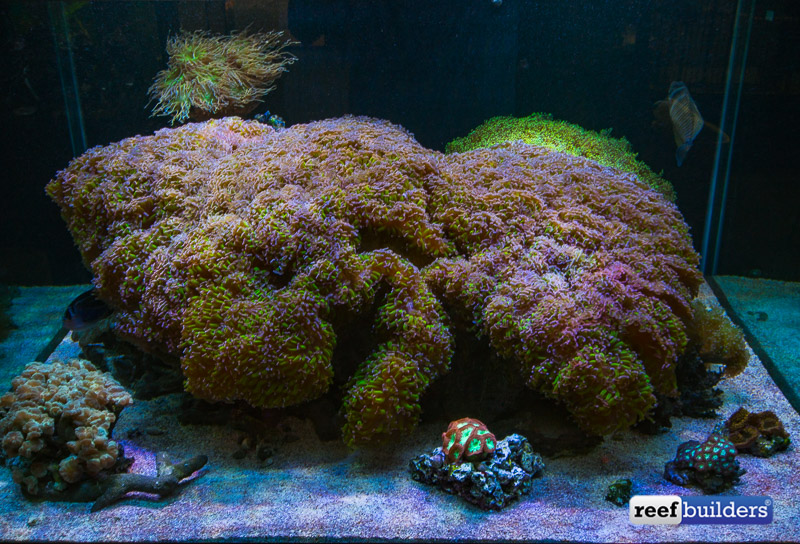Euphyllia Flow
Euphyllia corals have grown to be one of the most iconic aquarium corals, the hammer type polyp, Euphyllia ancora, even earning its place as “coral of the year” back in 2014. But when it comes to keeping these corals thriving in our aquariums, there is one important lesson to learn about these corals, by observing how they exist in the wild.
To maintain corals in an aquarium we need to adjust the flow and lighting conditions to recreate particular ocean habitats. These habitats correspond to the corals we want to keep. For example you can’t keep a high flow, high light sps coral, right next to a low flow, low light lps coral. Matching these habitat conditions to the species we want to keep will lead to the greatest success in reef keeping.

When it comes to keeping Euphyllia, their popularity is in part due to the fact they are forgiving and quite adaptable to aquarium conditions. You can pretty much keep them is all lighting conditions, however, when it comes to flow they are a bit pickier.
Conventional aquarium wisdom tells us, flow condition in the aquarium should be moderate and directed at the coral in variable speeds, rather than a constant stream from one direction. The flow should be strong enough to move the tentacles preventing detritus from building up, but not too strong to prevent the tentacles from opening.
In the wild, however, flow around Euphyllia corals have a unique rhythmic pulse. It seems as though the water is being pumped in and out, pushing and pulling the tentacles between the meandering skeleton.
This pushing and pulling flow is not something which is easy to recreate in an aquarium. To do this would require perfectly synced pumped placed in just the right position and we have yet to see any aquarium recreate these conditions.
In the spirit of evolving our reef keeping techniques, we challenge you to take a cue from wild Euphyllia colonies and start experimenting with this ocean-inspired pulsing flow!



